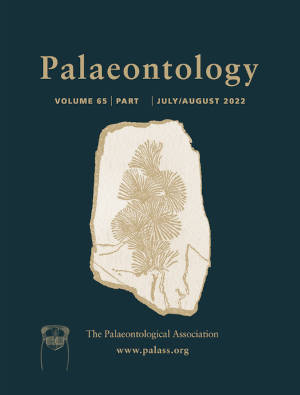Article: When less is more and more is less: the impact of sampling effort on species delineation
Publication: Palaeontology
Volume:
65
Part:
3
Publication Date:
2022
Article number:
e12598
Author(s):
Pauline Guenser, Samuel Ginot, Gilles Escarguel, and Nicolas Goudemand
Abstract
Abstract Taxonomy is the very first step of most biodiversity studies, but how confident can we be in the taxa delineation? One may hypothesize that the more abundant the material, the more accurate the description of morphological variability and hence the better the taxonomic delineation. Yet, as we shall see, in the case of numerous transitional forms, this hypothesis may prove wrong. Similarly to rarefaction curves that assess the degree of knowledge on taxonomic diversity through sampling effort, we aim to test the impact of sampling effort on species delineation by subsampling a given assemblage. To do so, we use an abundant and morphologically diverse conodont fossil assemblage from the Smithian of Oman. We first recognize four well established morphospecies but about 80% of the specimens are transitional forms. We quantify the diagnostic characters in a sample of 159 P1 elements using geometric morphometrics and assess, via gradually subsampling the assemblage, the number of morphometric groups (i.e. morphospecies) using ordination and clustering analyses. Four morphospecies were detected when less than 20% of the specimens were considered. The number of detected clusters dropped to two when including more than 30% of the specimens. Such influence of sampling effort on species delineation highlights the complexity of taxonomic work, especially when transitional forms are more abundant than typical specimens. These results should encourage researchers to extensively illustrate, measure and quantitatively compare their material to better constrain the morphological variability and delineation of taxa.
